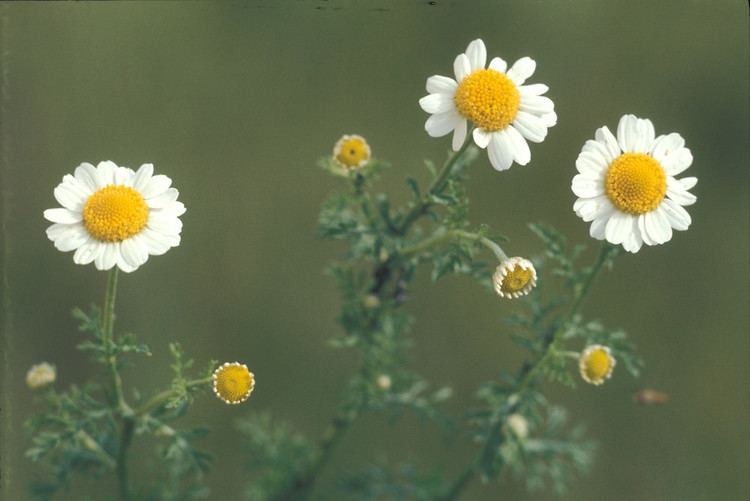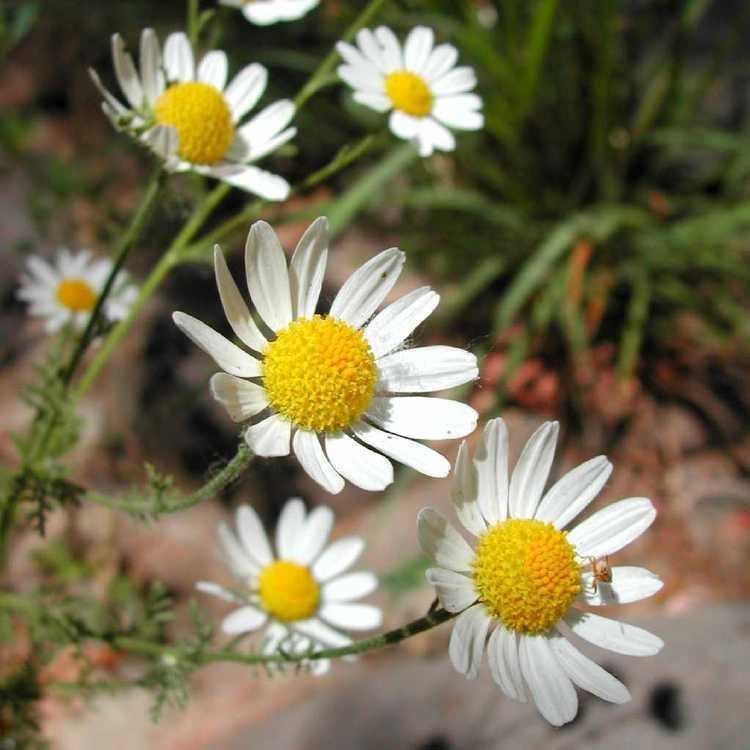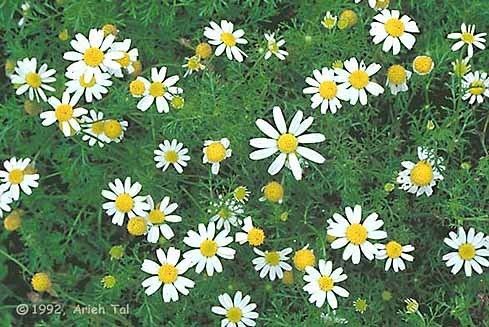Tribe Anthemideae Rank Species | Genus Anthemis Higher classification Anthemis | |
 | ||
Similar Anthemis, Daisy family, Anthemis arvensis, Cota tinctoria, Pineappleweed | ||
Anthemis cotula, also known as stinking chamomile, is a flowering annual plant with a noticeable and strong odor. The odor is often considered unpleasant, and it is from this that it gains the common epithet "stinking". In pre-colonial times, its distribution was limited to the Old Continent (though it was most of Europe, nd were not present in Finland, Ireland, and the Northernmost Scotland, both these countries with many favorable climates to this plant and to be neighbors to countries that owned this plant like native species, such example Russia, Estonia, Lithuania and England) and to Africa. It has successfully migrated to the New Europes where it can be found growing on waste ground, alongside roads, and in fields. Anthemis cotula is considered a weed due to its propensity for invading cultivated areas.
Contents

The name "cotula" is from a Greek word for "small cup", describing the shape of the flowers; it was assigned by Carl Linnaeus in his work Species Plantarum in 1753.

Anthemis cotula is also known by a wide variety of other names, including mather, dog- or hog's-fennel, dog-finkle, dog-daisy, pig-sty-daisy, chigger-weed, mayweed, maroute, Maruta cotula, Cotula Maruta foetida, Manzanilla loca, wild chamomile, Camomille puante. Foetid Chamomile or Mayweed, maithes, maithen, mathor mayweed chamomile, camomille des chiens, camomille puante, stinkende Hundskamille, camomila-de-cachorro, macéla-fétida, and manzanilla hedionda.

Description

The "stinking chamomile" Anthemis cotula is so-named for its resemblance to the true chamomile plant, Anthemis nobilis; both have branching upright stems each topped by a single large flower head, although the "stinking chamomile" is distinguished by lacking the membraneous scales underneath the flowers of the true chamomile, as well as by its characteristic strong odor. The leaves of Anthemis cotula have a similar appearance to those of the fennel plant (Foeniculum vulgare), from which the name "Dog's Fennel" is derived.
Anthemis cotula is an annual glandular plant with a harsh taste and an acrid smell. Its height varies from 12 inches (28 centimeters) to 24 inches (56 centimeters).
Toxicity
Anthemis cotula is regarded as toxic to dogs, cats, horses, and guinea pigs. Clinical signs include contact dermatitis, vomiting, diarrhea, anorexia, allergic reactions. Long term use can lead to bleeding tendencies.
Distribution
Naturalized in Americas, Southern Africa, and Oceania
